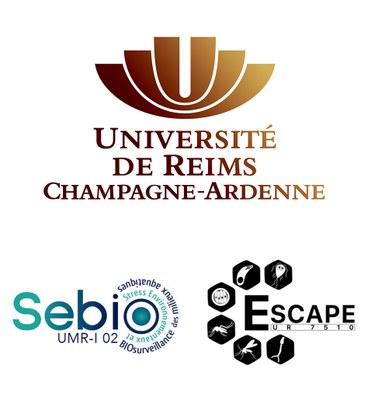The consortium
The ORION project brings together 6 operators and 9 partners, including universities, research laboratories and water managers in France, Wallonia and Flanders, working in multidisciplinary collaboration including biology, microbiology, parasitology, ecology, ecotoxicology, chemistry and modelling. Together, operators and partners are working to protect aquatic environments and raise public awareness of the dangers of pollution.
Leading partners
|
Université de Reims Champagne-ArdennesThe University of Reims-Champagne-Ardenne (URCA) is the leader of the ORION project, with responsibility for project management and coordination. ExpertiseIt oversees two biology-health research units: UMR-I 02 SEBIO, which specialises in aquatic ecotoxicology and biomonitoring, and EA ESCAPE, which focuses on the circulation of parasites and strategies for preventing zoonotic diseases. Find out more about URCA... Specific contribution to ORIONUMR-I 02 SEBIO- Development of biomarkers based on invertebrate immune responses. EA ESCAPE- Monitoring the circulation of protozoan parasites in aquatic environments. |
|
Other operators |
|
|
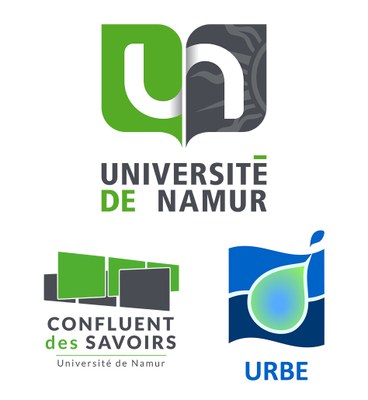 |
The University of Namur is one of the operators of the ORION project. It is responsible for Work Package (WP) 6 and is involved in the research covered by Work Packages 4 and 5. The Environmental and Evolutionary Biology Research Unit (URBE)SpecialityIntegrative and comparative approach to biology and the study of dynamic interactions between aquatic organisms and their environment. Specific contribution to ORION
The Confluent des Savoirs (CDS)ExpertiseThe CDS is the University of Namur research dissemination and outreach service. Specific contribution to ORIONThe CDS is the leader of the communication and information dissemination work package in the ORION project.
|
|
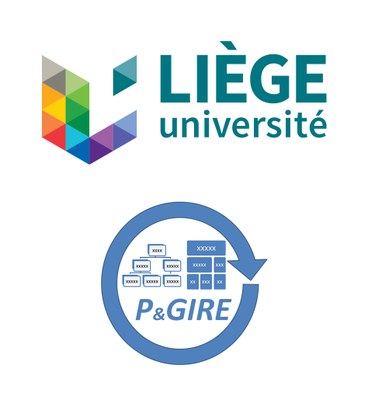 |
The University of LiègeThe PeGire laboratoryExpertiseMathematical modelling of the physico-chemical quality of rivers: the Pegase model simulates pollutant concentrations in surface waters as a function of discharges and hydrometeorological data. Specific contribution to ORION
|
|
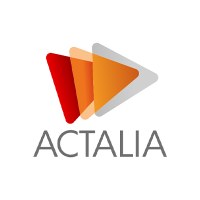 |
ACTALIA is a centre of expertise in agri-food recognised by the French Ministry of Agriculture and Food Sovereignty. ExpertiseAs a centre of expertise in agri-food, ACTALIA helps agri-food professionals to control the quality of their products by transferring new knowledge from academic research to industry.
Specific contribution to ORION
|
|
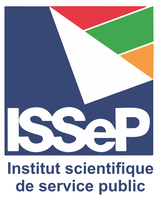 |
The Institut Scientifique de Service Public (ISSeP) is a reference laboratory in Wallonia for the characterisation of environmental matrices. ExpertiseIt specialises in environmental metrology, the assessment and prevention of accidental and chronic risks, and technological research and development. ISSeP conducts studies to diagnose the chemical, physical, ecotoxicological and health status of environmental media, such as air, water, soil, waste, sediments and non-ionising radiation. Specific contribution to ORION
|
|
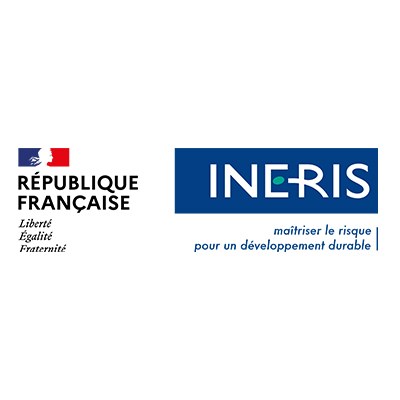 |
The French National Institute for the Industrial Environment and Risks (INERIS) works to prevent industrial risks to health, safety and the environment. ExpertiseThe ESMI and TEAM units at INERIS contribute their expertise in aquatic ecotoxicology and modelling, carrying out ecotoxicity tests and toxicity measurements in fish, while developing mathematical models for more detailed analyses. Specific contribution to ORION
|
Associated partners
The associated partners contribute their knowledge of the area and the databases essential to the project. They help to design application schemes for the tools developed, such as biomarkers and predictive models, for managers and users of aquatic environments.
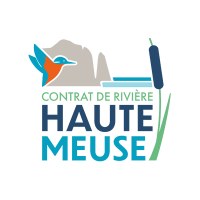 |
The not-for-profit organisation Contrat de Rivière Haute-Meuse (CRHM) brings together various public and private players to improve the quality of water and the surrounding environment in the upstream Meuse sub-catchment area. The CRHM coordination unit draws up an inventory of damage to watercourses and draws up a three-year action programme. It supports its partners in carrying out these actions and raises awareness among the general public, schools and professionals. For the ORION project, CRHM will act as a relay for its partners to discuss and present the results, and will propose awareness-raising and information activities at major events such as the Walloon Water Days and the Namur Nature Festival. |
|
|
||
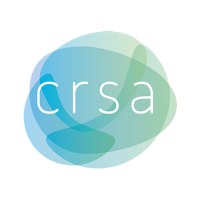 |
The Sambre & Affluents River Contract (CRSA) is a regional tool designed to implement the Water Framework Directive. In consultation with all water stakeholders, it aims to achieve good ecological and chemical status for surface and groundwater in the Sambre sub-basin. The CRSA carries out a field inventory of watercourses and consults with its partners. Raising public awareness is also a key mission. For the ORION project, the CRSA is contributing a network of local partners, in-depth knowledge of the Sambre basin and its communication resources. The ORION project offers the CRSA an opportunity for cross-border exchanges with the project partners. |
|
| |
|
|
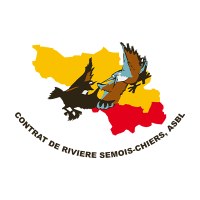 |
The Semois-Chiers River Contract (SCRC) brings together all the players in the valley to define a consensual action programme aimed at managing the basin's water resources. The Semois River Contract has an excellent knowledge of the Semois, including field inventories and maps, as well as information on the local players (municipalities, managers) and the activities developed on this watercourse. |
|
| |
|
|
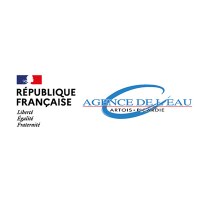 |
The Artois-Picardy Water Agency is a public body dedicated to water conservation. The Artois-Picardy Water Agency supports local authorities and economic players in combating pollution and restoring aquatic environments. It plans the management of water and aquatic environments through its Master Plan for Water Development and Management (Schéma Directeur d'Aménagement et de Gestion de l'Eau - SDAGE) and its programme of measures, and continues its work to improve environmental knowledge and guide actions to protect and restore environments. |
|
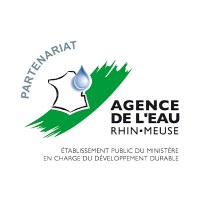 |
The Rhine-Meuse Water Agency is a public establishment of the Ministry for Sustainable Development, covering 3 regions and 8 departments. It implements national and European water policies, helping to reduce pollution and protect water resources and aquatic environments. Its actions include financial interventions, the development of planning tools and the production of water data. For the ORION project, the Agency will provide data on the Meuse, its expertise in selecting sites and interpreting the results obtained. |
|
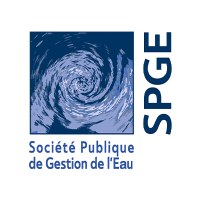 |
The Société Publique de Gestion de l'Eau (SPGE) is the body responsible for financing wastewater treatment and coordinating the water sector in Wallonia. It manages more than 400 wastewater treatment plants using a variety of treatments (activated sludge, bio-discs, lagoons, reed filters, membrane systems). SPGE optimises the performance of its facilities to minimise the impact of wastewater discharges on the environment. As part of the ORION project, SPGE will provide access to the facilities needed for sampling and will make process information available. |
|
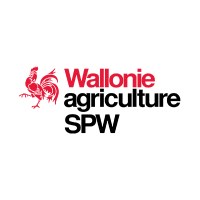 |
The SPW Agriculture, Natural Resources and Environment (SPW ARNE) ensures that Wallonia's natural and rural heritage is safeguarded with a view to sustainable development. It supervises and controls the management of natural resources (air, land, water, subsoil, fauna and flora) and protects biodiversity. It coordinates the sustainable management of forests, nature conservation, hunting and fishing, and protects groundwater. It manages non-navigable watercourses, ensures flood risk management and deals with climate change issues. As part of the ORION project, SPW ARNE will provide a sufficient quantity of Atlantic salmon for the experiments planned on this biological model over the 4 years of the project. |
|
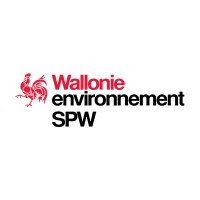 |
The proposed project involves the Surface Water Directorate of SPW ARNE modelling the dynamics of microbiological and ecotoxic pressures on cross-border water bodies in the Meuse basin. The Directorate implements several European directives relating to water, such as the Water Framework Directive and the Environmental Quality Standards Directive. It wishes to take part in discussions on the direction of work and technological choices for the ORION project, subject to approval by the funding authorities. |
|
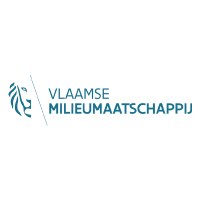 |
The Flemish Environment Agency (VMM) coordinates the integrated water policy in Flanders, covering all stages of the policy process from measurement to evaluation. It aims to achieve good ecological status for rivers and streams, control flooding and water shortages, and manage groundwater resources. The WWW works with stakeholders to limit the impact of drought and develop appropriate climate solutions. It manages the drinking water and wastewater chain, and works with other river managers to develop green and blue infrastructure. As part of the ORION project, VMM will play a supporting role by providing the necessary data and sharing its expertise in relation to the issues raised. |
|
